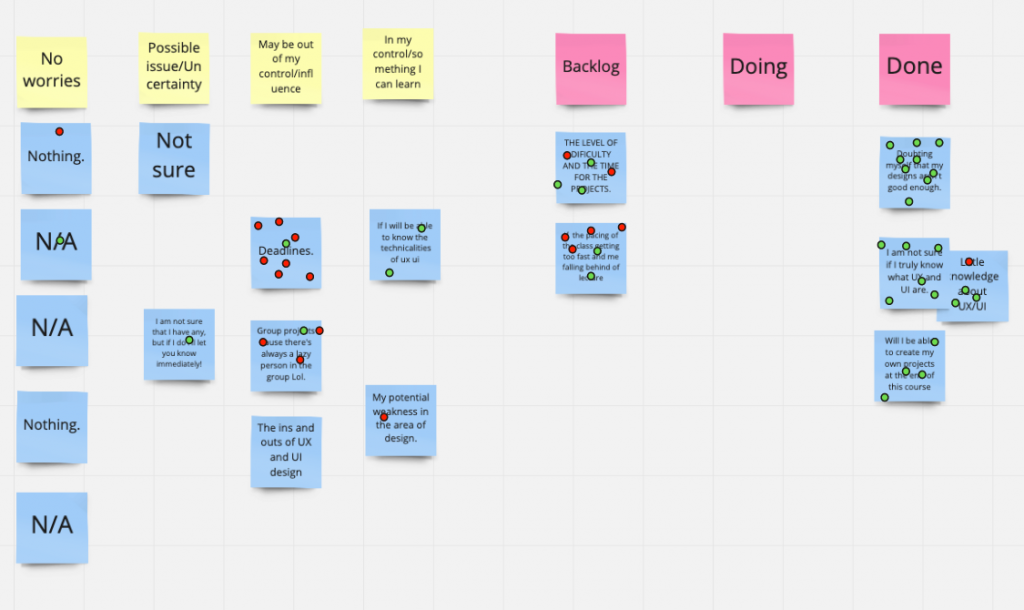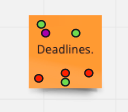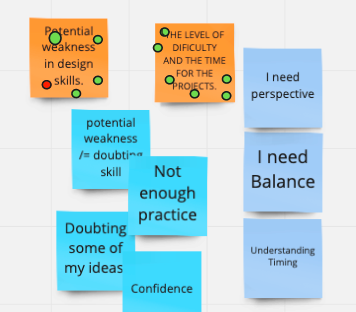During the Winter 2022 intercession, I took part in the Living Lab General Education Seminar which is described on its website as follows:
The seminar is designed to make General Education more visible in our classrooms and courses. We will build an engaging environment for learning through exploration, implementation, and assessment of a variety of proven teaching practices using Oral Communication, Quantitative Literacy, Reading, Writing as our focus this year.
Living Lab General Education Seminar
In this course we learned how to apply High Impact Educational Principles and strategies for Place-Based Learning to create rewarding learning experiences for our students and colleagues.
The culmination of the course was to create a new or redesigned course assignment or project targeting one of the General Education Learning Goals and to implement it during the Spring 2022 semester. A complete description of my activity is located in the L4: Living Lab Learning Library.
The Exercise
In a Data for Good lecture at Columbia’s Data Science Institute, dana boyd of Data+Society told the audience that her proudest achievements are often when she convinces a client not to create something that can potentially do harm.
When does it make sense to NOT make a digital version of something that would be better designed IRL? Are there activities that are more suited to online than IRL? Or are there cases where a combination of both are appropriate?
In this exercise, I shared a few articles about online activities that have had an impact on real life. We discussed both positive and negative reviews of online activities, including Pokemon Go (The Guardian), which is often discussed in terms of its getting gamers to be more social and active, to Instagram (Wall Street Journal), which has been shown to have a negative effect on the self-esteem of teenaged girls. A third example was on how social media use during the pandemic is exacerbating to the political polarization of America (Harvard Berkman Klein Center) by removing the public commons from physical space to largely anonymous forums.
After discussing these articles, students formed breakout groups to find a news article about an online activity and discussed the pros and cons of that activity online. And to also discuss how that activity could be replaced by or combined with an “In Real Life” (IRL) activity to improve the experience. Finally, they posted a reflection on the exercise to the class Slack group.
High Impact Learning
This activity focuses on three learning outcomes: Reading, Information Literacy and Ethical Thinking. Students are asked to read an assigned text describing Digital vs IRL spaces and then in select an example from the reading of a digital experience that might be better In Real Life or paired with an IRL experience. After discussing in groups, they then share back to the class what they discussed and finally post a reflection on course discussion board about their understanding of the pros and cons of digital vs IRL for the chosen scenario.
To address Information Literacy, students must find one additional example of digital applications where the IRL experience takes precedence over digital. What might someone gain from a physical experience that they can’t get from digital? When might a digital application enhance the IRL experience?
And to expand their understanding of who is impacted by their design decisions, they then work in groups to make a stakeholder map (Giordano et al, 2018) showing who is affected by the designed experience of their chosen example. Who is participating in the experience? Who else might be affected by the experience? Or harmed? Who might be left out?
In addition to the reading, information literacy and ethical thinking student learning outcomes, students gain gain from two High Impact Education Practices: Place Based Learning and Collaborative Assignments.
Place-Based Learning: Students consider the physical and embodied experiences of IRL versus digital experiences
Collaborative Assignments: Students participate in discussion of the pros and cons of selected digital experiences
Outcomes and Future Development
This activity was part of the Ethics and Accessibility lecture in Week 7 of the Spring 2022 semester. It took a little over a half hour to complete. There was no out-of-class time except if a student wishes to post their reflection after class. If we had more time (and were not otherwise online this week) we might have been able to go outside and play Pokemon Go or survey people about their online and offline political activity on campus grounds. We may still try to create an online/IRL activity during a later session and follow up with a stakeholder map, which we did not have time to do.
The activity was low stakes and ungraded. The only preparation was to find three articles to discuss as examples of Online activities that either replace or compromise IRL experiences. Because this assignment is ungraded, I plan to use it as part of the participation grade. I do not believe my course is part of the college-wide general education assessment initiative. It is an elective.
Students enjoyed discussing online versus “In Real Life” very much. They are very aware of online activities that are creating unrealistic expectations for their real-life relationships and are concerned about exacerbating these experiences through their design careers. I would like to refine the activity and possibly replace a duller accessibility study that they do for credit and that could be done in class in groups or as a demonstration. Not being able to go outside or actually be IRL was an issue with this activity, though some students mentioned that it made it easier for everyone in their group to search for articles since they were all sitting at a computer anyway.
Resources and Reflections
My activity presentation for the Living Lab course is openly available at https://cuny907-my.sharepoint.com/:p:/g/personal/noreen_whysel27_login_cuny_edu/EeDP7sDKTAROh1Nle8uKlagB5bMXEem7EM4k6Lvh7nagBA?e=FgnQIx
You can also read about this and other OER activities on the course blog at https://openlab.citytech.cuny.edu/l4/2022/03/28/ethical-design-evaluating-digital-and-irl-experiences-and-how-one-might-support-or-hinder-the-other/
The Slack channel where students posted their reflections is a private discussion space for students of the HE93 section of COMD3562. I will post an image with student names anonymized to show an example of the written output from this assignment. Students who wish to post their reflections publicly will be able to reply to the post on Open Lab.
This article was originally posted on March 28, 2022 on CUNY Open Lab.






